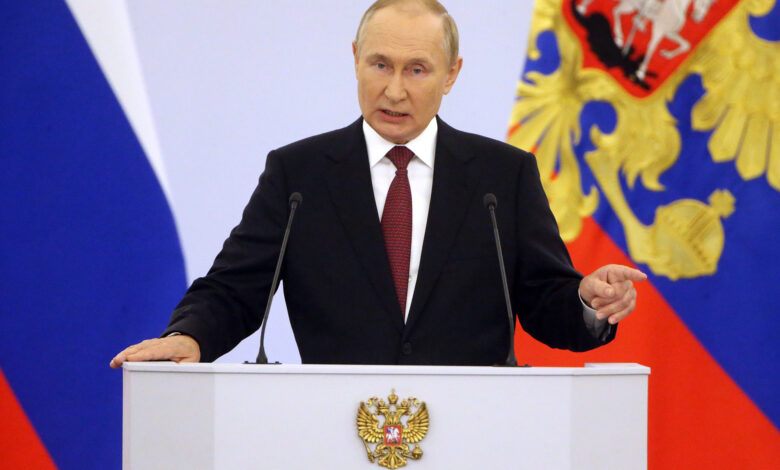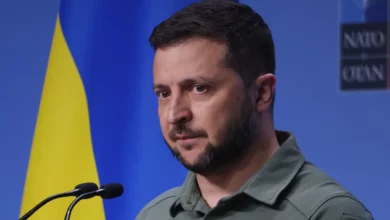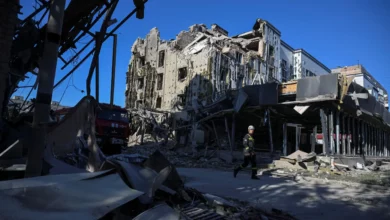
The Russian military appears to have embarked on a new tactic in its efforts to turn the tide of its faltering war: trying to overwhelm Ukraine’s largely Soviet-era air defenses with dozens of missiles and drones from multiple directions.
As Ukraine races to shore up its missile defenses in the wake of the assault, the math for Moscow is simple: A percentage of projectiles are bound to get through.
Russia’s aerial onslaught of the last few days has been largely directed at Ukraine’s energy infrastructure, using a variety of missiles and newly acquired Iranian drones. But while the damage has been substantial, Ukraine claims that it has taken out around half of the missiles fired — and it expects that success rate to improve as new air defenses arrive from Germany, the US and elsewhere.
Over the last three days, the Russians have been using a mix of their missile stocks. The majority were air-launched cruise missiles, some delivered by bombers based near the Caspian Sea. But they also deployed ship-launched Kalibrs from the Black Sea, ground-launched Iskander cruise missiles and dozens of attack drones.
The great unknown is just how far such a blitz is depleting Russian inventories — and whether increasingly they will resort to stocks of older, less accurate but equally powerful missiles.
Estimating Russian missile inventories is guesswork. In May, President Volodymr Zelensky said Russia had launched 2,154 missiles and had probably used up 60% of its precision-missile arsenal. That now looks like wishful thinking.




